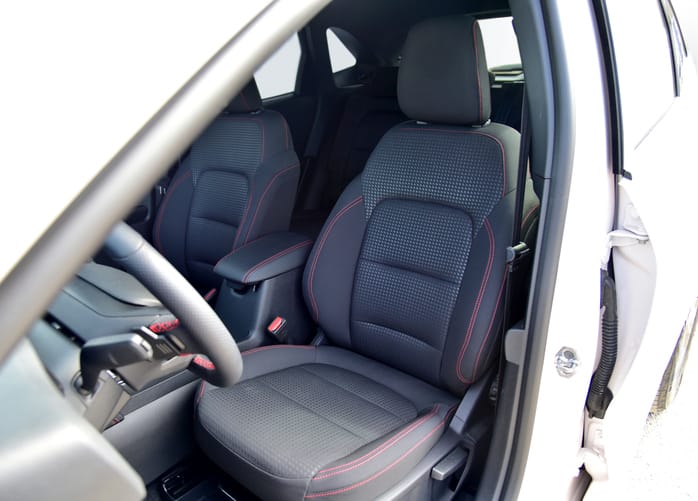The Future of Car Seats: Integrating Child Safety Technology

For decades, car seats have been the primary defense for children on the road. However, with advancements in automotive technology, traditional car seats are poised for an upgrade. The future of child safety lies in integrating car seats with the car itself, creating a seamless system that anticipates and responds to potential dangers. This article explores the exciting possibilities of this integration, looking at emerging technologies and specific car examples that are paving the way for a safer future for our children.
The Limitations of Traditional Car Seats
Despite rigorous safety standards, traditional car seats have limitations. Here are some key challenges:
- Misuse: Incorrect installation and harnessing are alarmingly common, compromising car seat effectiveness.
- Improper Fit: As children grow, their car seats may not provide optimal support, reducing safety.
- Temperature Regulation: Traditional car seats can trap heat, causing discomfort for children.
- Data Disconnect: Car seats lack the ability to communicate with the car's safety systems, limiting proactive measures.
Integrating Child Safety Technology: A New Paradigm
Imagine a car seat that automatically adjusts to fit your child perfectly, alerts you to installation errors, and regulates temperature for optimal comfort. This vision is becoming a reality with the marriage of car seat technology and automotive advancements. Let's delve into some potential features:
- Smart Harness Systems: Automated harnesses that tighten and loosen based on pre-set parameters or sensor data can eliminate human error in securing children.
- Biometric Monitoring: Sensors integrated into the car seat can monitor a child's vital signs, alerting parents to potential issues like overheating or breathing difficulties.
- Integrated Weight and Height Sensors: Automatic adjustments based on a child's size ensure a perfect fit throughout their growth stages.
- Climate Control Integration: Car seats that communicate with the car's climate control system can maintain a comfortable temperature for the child.
- Advanced Seatbelt Systems: Seamless integration with the car's seatbelt system, including features like automatic buckling and child-proof release mechanisms.
- Data Sharing with Car Safety Systems: Car seats that can communicate with the car's safety features, like airbags and automatic emergency braking, can allow for tailored responses during accidents.
Car Examples Leading the Way
Several car manufacturers are already incorporating child safety advancements into their vehicles. Let's look at a few examples:
- Volvo: Renowned for their safety focus, Volvo's latest models offer features like integrated booster seats and rearward-facing airbags that deploy differently based on the presence and size of a child in the back seat.
- General Motors: Their Buckle to Drive system prevents the car from starting if the driver's seatbelt is not fastened. This technology can be adapted for child car seats in the future.
- Ford: Ford's Rear Seatbelt Reminder system utilizes chimes and visual cues to remind drivers to check on passengers in the back seat, especially helpful for parents with young children.
These examples showcase the potential for car manufacturers and car seat companies to collaborate in creating a more integrated and intelligent child safety system.
Benefits of Integrated Child Safety Technology
The benefits of integrating child safety technology are numerous:
- Reduced Risk of Injury: Automatic adjustments and advanced features can significantly reduce the risk of injuries during accidents.
- Improved Comfort: Climate control and size-based adjustments can ensure a more comfortable journey for children.
- Peace of Mind for Parents: Real-time monitoring and data sharing with car safety systems can provide parents with much-needed peace of mind while driving.
- Reduced Misuse: Automated systems can eliminate user errors in installation and harnessing, ensuring optimal car seat effectiveness.
However, challenges remain:
- Cost: Integrating advanced technology will likely increase the cost of car seats.
- Standardization: Standardization across car manufacturers and car seat companies will be crucial for seamless integration.
- Data Privacy: Data collected by car seats needs robust privacy measures to ensure child safety information is protected.
Conclusion: A Collaborative Future for Child Safety
The future of car seats is bright. By integrating child safety technology with automotive advancements, we can create a safer and more comfortable environment for our children on the road. Collaboration between car manufacturers, car seat companies, and safety regulators is necessary to overcome the challenges and usher in a new era of child passenger safety. As these technologies evolve, the ultimate beneficiaries will be our children, who deserve the safest possible ride every time they travel in a car.
